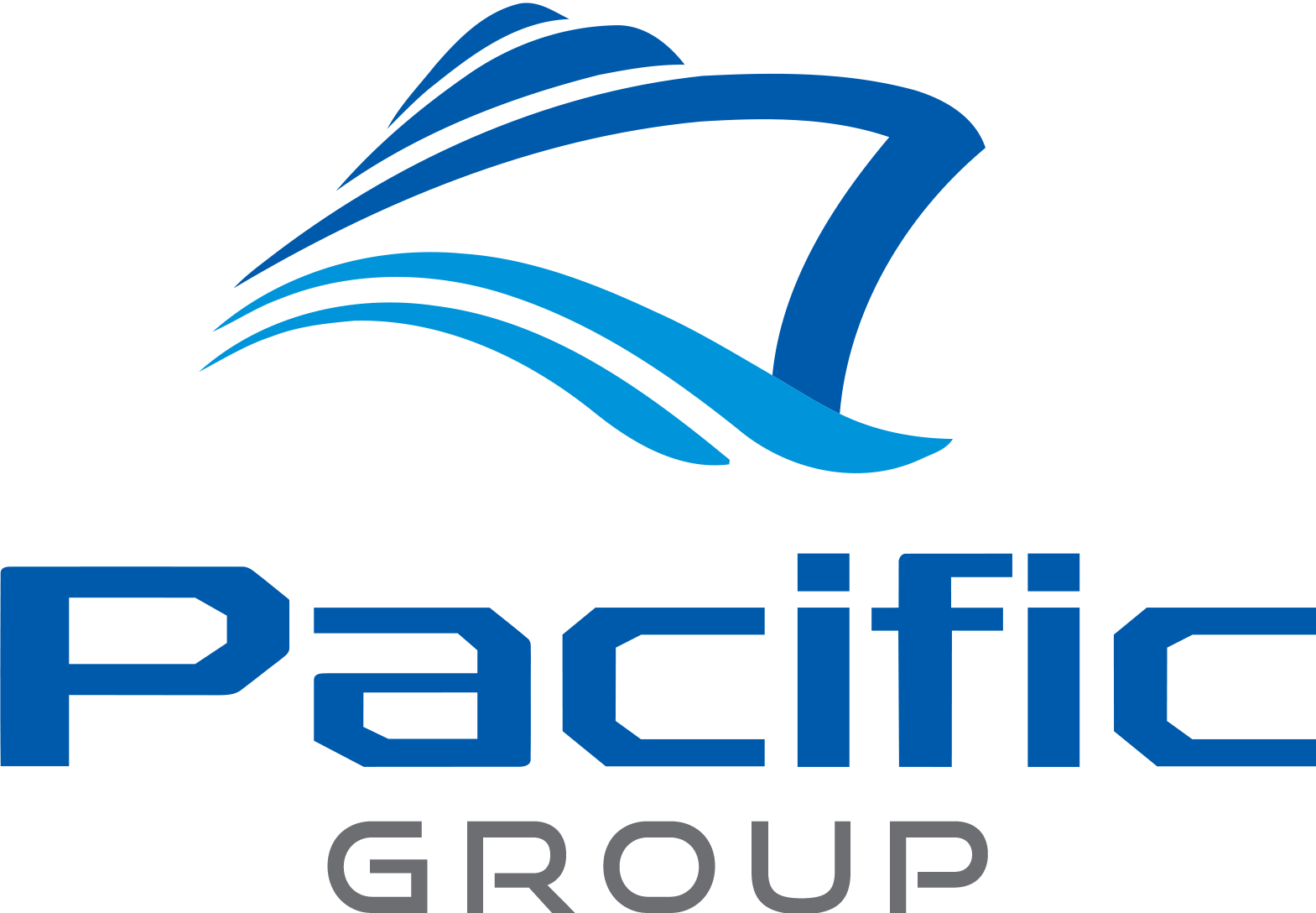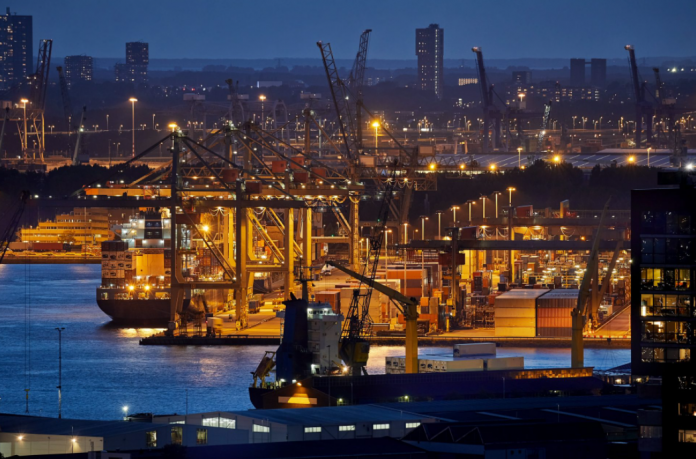Container throughput fell by 5.5% at the port of Rotterdam in the previous year, reaching 14,455,000 TEUs.
According to the Port of Rotterdam Authority, the main cause of the container volume decline is the fact that box traffic to and from Russia came to a virtual standstill after the invasion of Ukraine.
“The war should work as an incentive to make Dutch and European energy and industry more resilient. That will mean accelerating the production of renewable energy and maintaining strategic industries. However, other factors are involved,” commented Allard Castelein, CEO of the Port of Rotterdam Authority.
Meanwhile, the overall cargo throughput of the Dutch port remained unchanged in 2022 with a marginal decrease of 0.3%, reaching around 468 million metric tonnes.
On the other hand, the major European port achieved improved financial results in the last year, with revenue rising by 6.9% to US$876 million, operating result before interest, depreciation and taxes (EBITDA) increasing by 6.1% to US$576 million, but net result remaining unchanged at US$262.3 million. At the same time, the operating expenses of Port of Rotterdam marked a strong growth of 8.3%, climbing to around US$300 million.
The Port of Rotterdam Authority invested over US$270 million in the port in 2022, with Vivienne de Leeuw, chief financial officer (CFO) of the Port of Rotterdam Authority, describing the Port Authority as an “investment machine”.
“Our healthy financial position is crucially important to maintain our capacity in the time ahead for ongoing investment in traditional hardware such as quay walls and jetties, but particularly in infrastructure for the energy transition. We are also continuing to invest in digitalisation. By maintaining our position as a port with world-class infrastructure, we are ensuring that we remain an attractive location for companies to invest in the transition,” said Vivienne de Leeuw.





